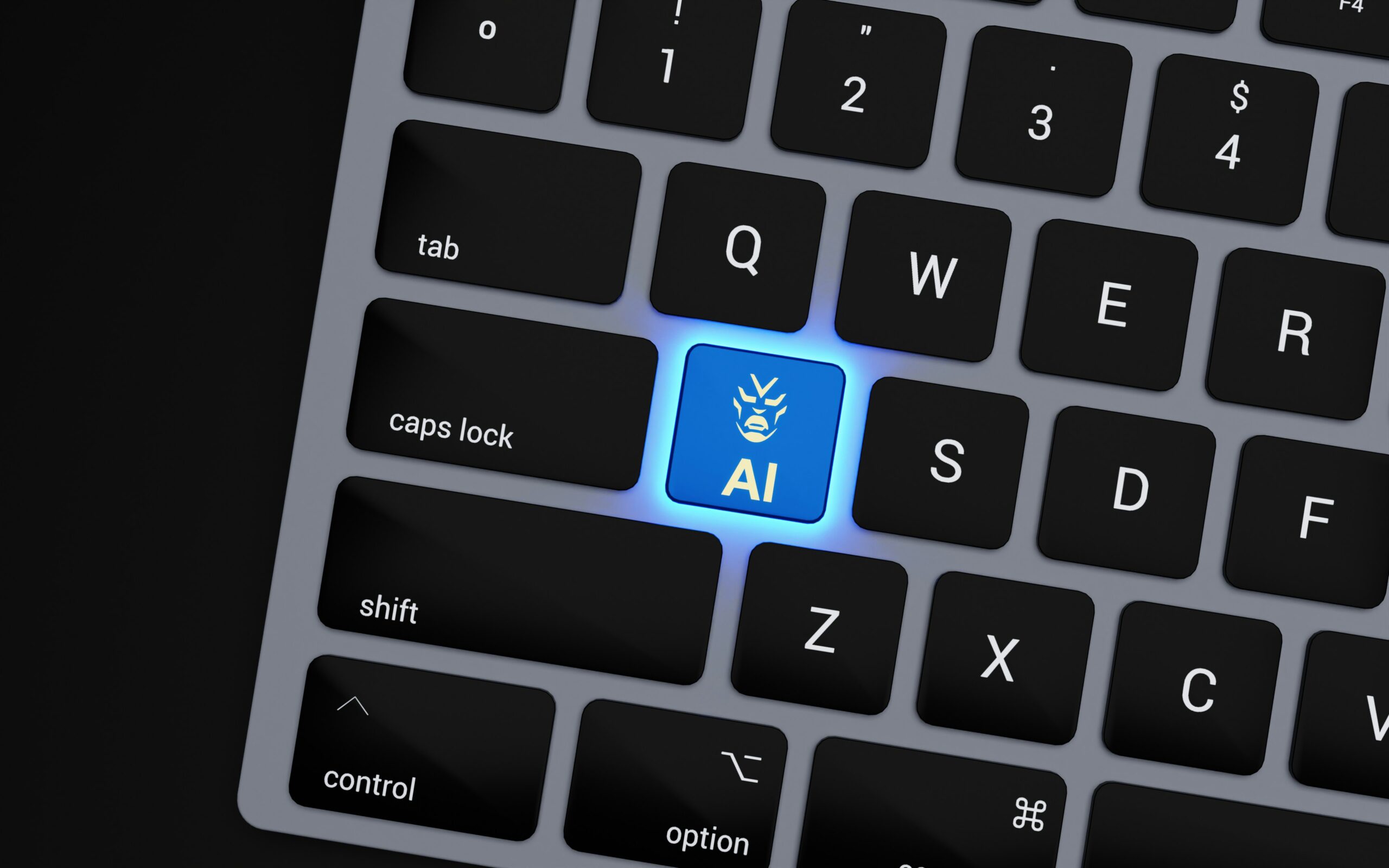Introduction
In the fast-evolving world of artificial intelligence, bookkeeping workflows are undergoing significant changes. While traditional bookkeeping tools once revolutionized financial management, today they often fall short by requiring users to learn intricate processes and interact with every step of a workflow. This process-centric approach creates friction, limiting both efficiency and user satisfaction.
But what if AI-powered tools could automate the entire bookkeeping workflow from start to finish, allowing users to engage only with the final results? Such results-focused design would redefine the bookkeeping workflow, empowering users to manage financial records without being bogged down by excessive process steps.
1. Limitations of Traditional Bookkeeping Workflow Tools
- High Learning Curve: Traditional tools demand users to invest time in mastering complex workflows, reducing productivity and creating a steep learning curve.
- Limited Automation: Basic tools automate only certain tasks, often requiring constant manual input to complete each workflow.
- Process-Centric Structure: These tools rely heavily on user input for each step, leading to inefficient workflows that rely on constant process interaction and interrupt user focus.
2. The Future of Bookkeeping Workflow: From Process-Centric to Results-Oriented
The ideal AI-driven bookkeeping tool should work with minimal guidance, functioning as an assistant capable of autonomously managing the entire workflow. By shifting from a “process-interaction” to a “results-interaction” model, these intelligent tools can streamline the bookkeeping workflow by focusing only on the outcome.
- Reducing Process Steps: Users assign a task, and the AI-powered tool interprets and completes it autonomously, without requiring user intervention.
- Minimizing Manual Corrections: Intelligent bookkeeping tools analyze patterns, learning user preferences to deliver a polished result, thereby reducing the need for manual adjustments.
- End-to-End Workflow Automation: Users set the desired outcome, and the AI autonomously manages the workflow to produce that result, making the bookkeeping workflow truly end-to-end.
3. Embracing Results-Driven Interaction
A results-oriented approach to the bookkeeping workflow enables users to focus on the final output without navigating intermediate process steps. This approach simplifies workflows and maximizes efficiency by letting users interact only with the results.
- Defining Results Interaction: Users assign a task, and the AI-driven tool delivers the result without requiring involvement at each step.
- Contrast with Process Interaction: In traditional workflows, users must engage in every step, whereas results-oriented AI tools remove this burden, allowing the AI to manage the workflow and deliver results directly.
- Key Benefits: This approach saves time, minimizes error rates, and streamlines the bookkeeping workflow by automating repetitive steps.
4. Real-World Examples of Results-Driven AI in Bookkeeping
AI-powered tools focused on end-to-end workflow automation are already improving bookkeeping processes across various applications:
- Automated Report Generation: Users set report parameters, and the AI autonomously gathers, processes, and compiles the data, delivering a polished report without manual intervention.
- Real-Time Financial Health Monitoring: AI tools can monitor transactions in real-time, flagging irregularities or opportunities for optimization, requiring user input only when necessary.
- Tax Optimization Recommendations: Advanced algorithms analyze financial data, offering proactive suggestions for tax efficiency and prompting users when adjustments are recommended.
5. The Advantages of Results-Driven AI in Bookkeeping
By emphasizing end-to-end automation and reducing unnecessary process interactions, results-oriented AI tools are revolutionizing bookkeeping workflows with measurable benefits:
- Enhanced Efficiency: By minimizing the number of steps users must complete, more tasks are completed in less time.
- Improved User Experience: Streamlining the workflow eliminates redundant steps, allowing users to focus on the outcome rather than intermediate steps.
- Freeing Human Resources: Automation empowers employees to focus on high-value work rather than repetitive data entry, maximizing productivity across the organization.
Conclusion
The future of bookkeeping workflows lies in results-driven AI tools that minimize process interactions and prioritize results. This design philosophy enables users to assign complex tasks and receive polished outputs with minimal interaction, allowing them to focus on analysis and strategy.
By adopting these advanced, results-oriented tools, businesses can transform their financial management, achieving efficiency and insight that aligns with the demands of today’s AI-driven era.

